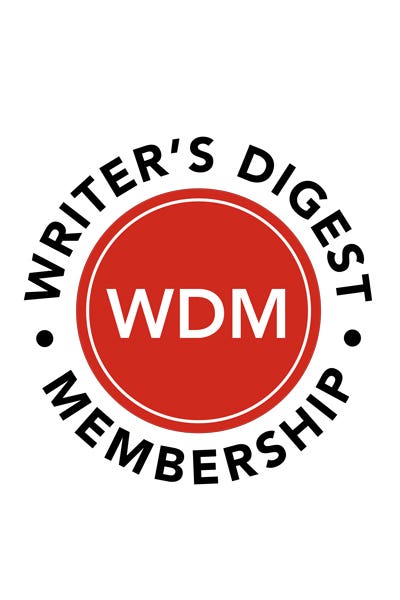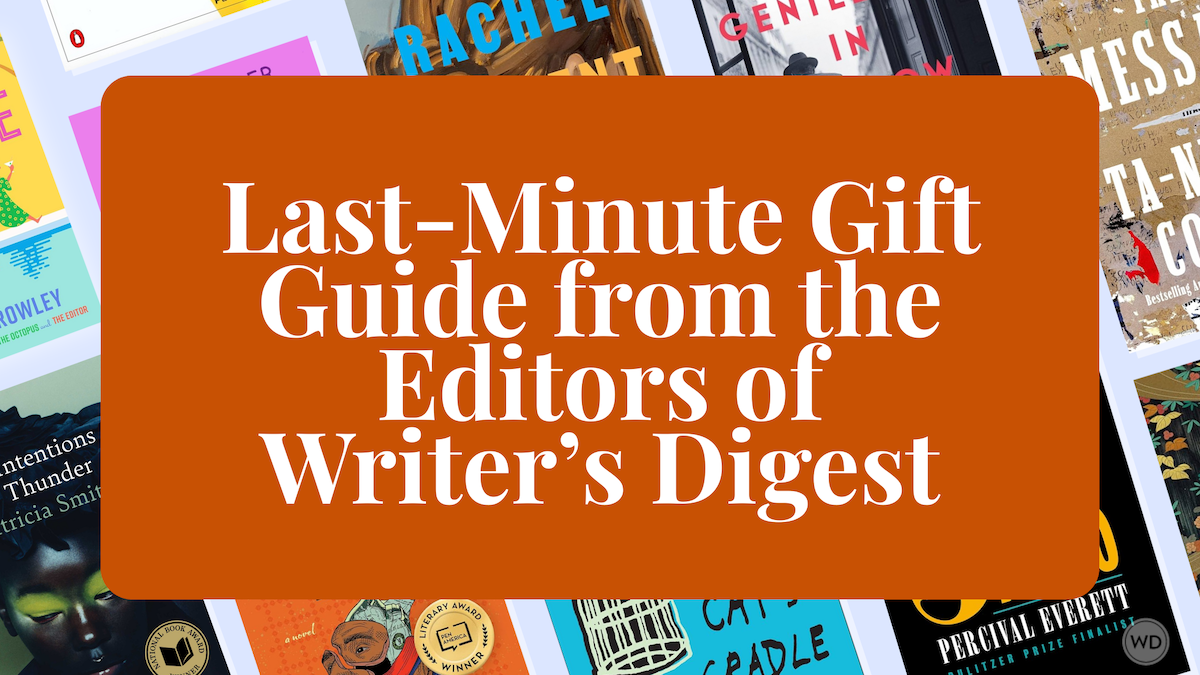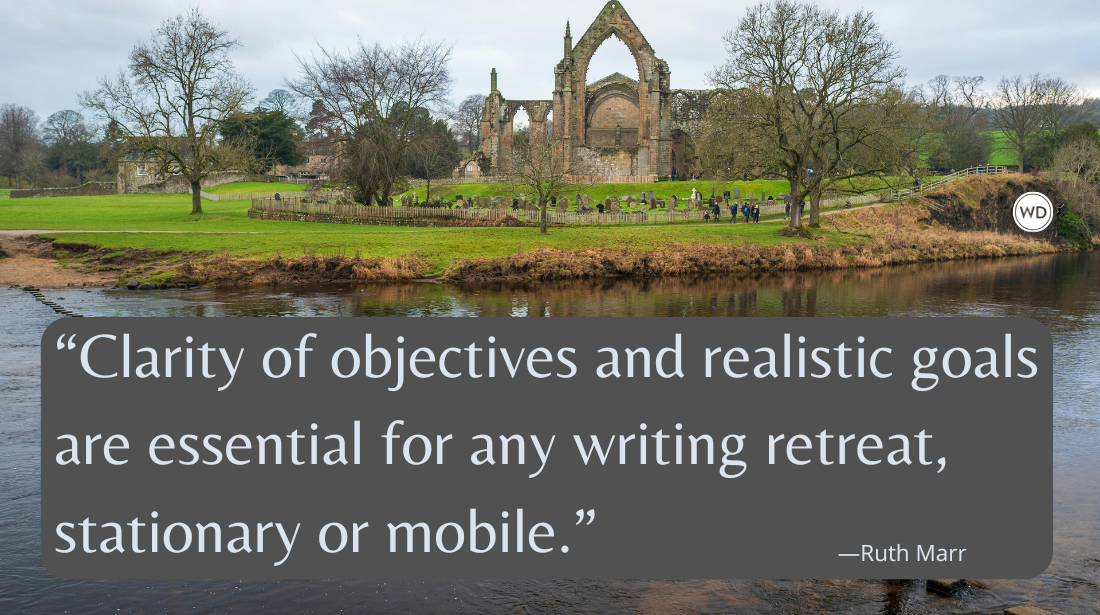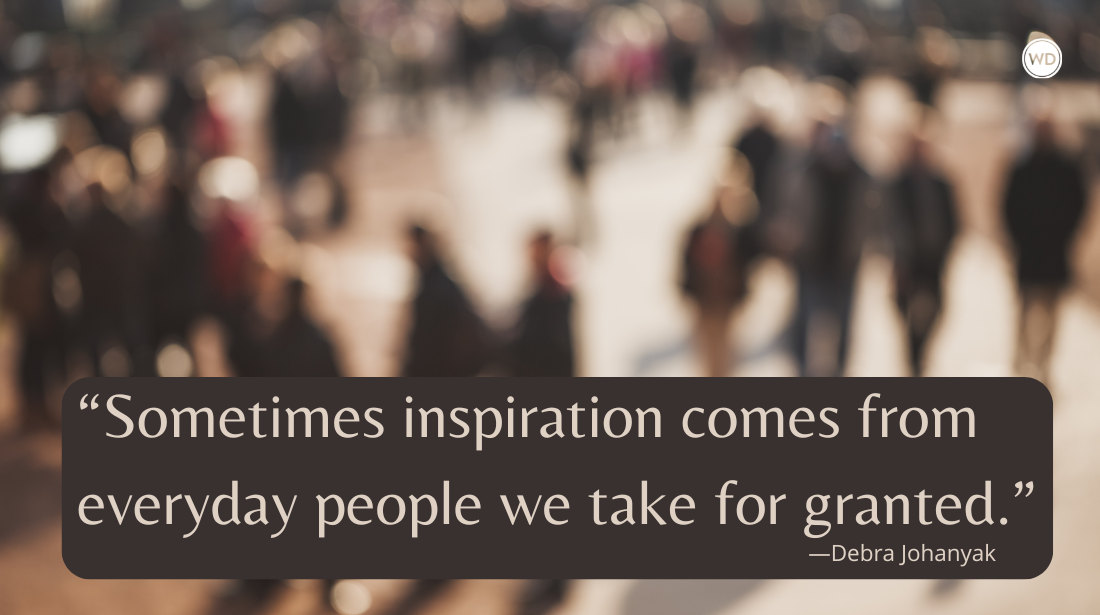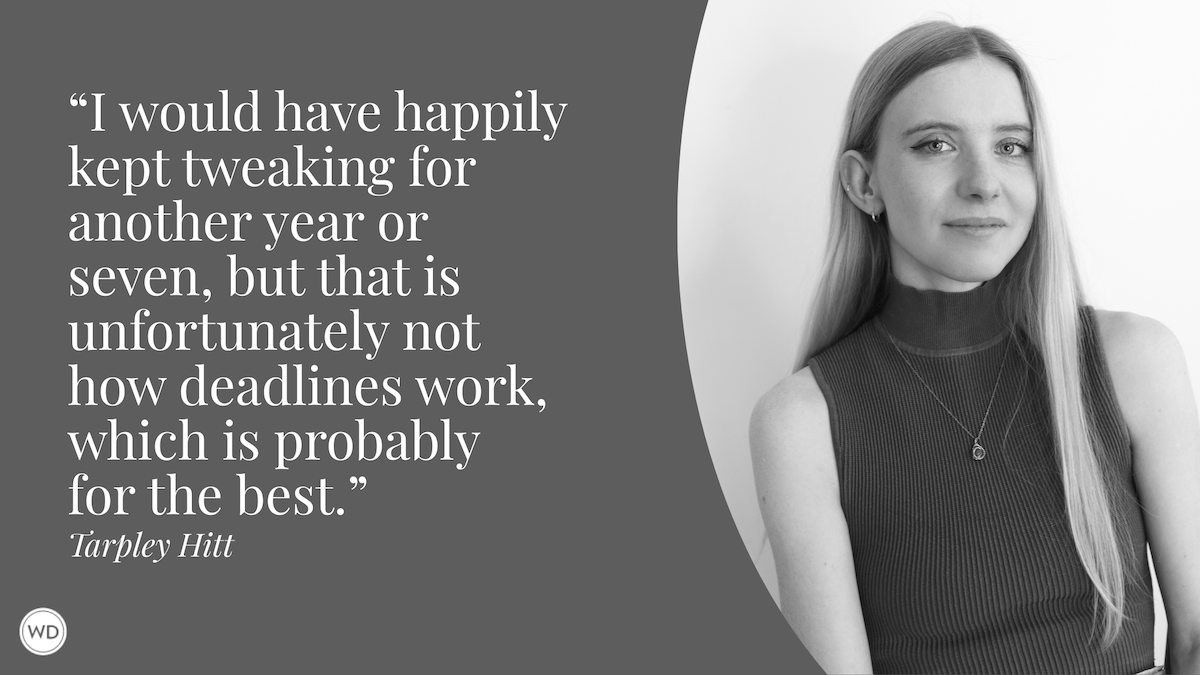Kelli Estes: On Motherhood and the Concept of Time
In this interview, author Kelli Estes shares the “what if” question that launched her novel while hiking through Scotland and more.
Kelli Estes is the USA Today bestselling author of The Girl Who Wrote in Silk, which has been translated into eleven languages, was the recipient of the Pacific Northwest Writers Association Nancy Pearl Book Award and the Women’s Fiction Writers Association STAR Award, and is currently under option for film/TV; and Today We Go Home, a nationwide Target Book Club pick.
Kelli is passionate about stories that show how history is still relevant to our lives today. Her lifelong love of Scotland has her learning the Scottish Gaelic language and the Scottish fiddle (both badly, but she’s working on it). She has walked three of Scotland’s long-distance trails (so far) and is currently planning the next. Kelli lives in Washington State with her husband and two sons.
In this interview, Kelli shares the “what if” question that launched her novel while hiking through Scotland, the thing she wished she’d known since writing her first novel, and more.
Name: Kelli Estes
Literary agent: Beth Miller, Writers House
Book title: Smoke on the Wind
Publisher: Lake Union
Release date: June 24, 2025
Genre/category: Historical Fiction, Dual Timeline
Previous titles: The Girl Who Wrote in Silk, Today We Go Home
Elevator pitch for the book: In the Scottish Highlands, two women walk the same path in separate times, each with her son, each carrying the extra weight of past trauma and fear of her future. One is running from a murder accusation; one is running from secrets. Neither expects to find they are connected in a way that defies logic but makes all the difference.
What prompted you to write this book?
My life-long love of Scotland spurred me to dive into learning more about the country’s history and culture and to visit as often as possible. On one of those visits, I walked the 96-mile West Highland Way trail with my son. I arrived armed with knowledge of some of the history that had occurred in the areas through which the trail passes, and I felt like I was walking with the outlaw Rob Roy MacGregor, Queen Victoria, and poets William and Dorothy Wordsworth, to name a few.
This led to the “what if” question that launched this book: What might happen if two people, separated by time but connected in emotions, occupy the same space? This grew into two mothers, both agonizing over her future and that of her only child, walking the same path, one in 1801 after being brutally evicted from her home in one of the Highland Clearances and accused of murder, and the other in present-day with secrets and afraid of her lonely future.
I wanted to explore themes of motherhood, finding oneself in mid-life, the impacts of history on our present, and the possibility that time is not as linear as we tend to believe.
How long did it take to go from idea to publication? And did the idea change during the process?
Stories tend to come to me slowly, plus I allow myself lots of time to fully research the time period and historical details of the events I’m writing about. After months of research, plus that hike in Scotland, I wrote a detailed outline of my story. From there, the writing went pretty quickly. I find a book really comes to life, though, in the revision stage which took another couple of years, and then finding a publisher and going through that process added on even more time.
In total, Smoke on the Wind took about six years from initial idea to publication. I know that number would alarm many writers but, for me, allowing a story to take the amount of time it needs helps me to create a book with deeper nuances and themes.
Were there any surprises or learning moments in the publishing process for this title?
This is my third published novel and I think I’ve finally learned something I wish I’d known from the beginning—that the author is the expert of her story and, as that author, it can only benefit the book if I ask for what I want (such as including a map and glossary in the book, or hiring a native Gaelic speaker to write a poem for the story that I intertwine into the narrative).
I’ve also learned what I need to do to help a book launch into the world. This book is with a different publisher than my first two books and seeing how publishing houses operate differently has empowered me to take more ownership of the marketing process. I’ve hired a publicist this time around, completely revamped my website, and I am reaching out to affiliate groups and readers more than I ever have in the past to get the word out.
Were there any surprises in the writing process for this book?
What surprised me the most—that I tend to be surprised by with every book—is how the characters become so real to me, and I have to trust that they’ll tell me their story in a way that others will want to read.
For most of the time when I was writing this book, I could not find the words to describe what it was about to my friends, and I’d get funny looks from them when I tried. But, I stuck with it and I trusted the process and now those same people, who have since read the book, understand and love it.
What do you hope readers will get out of your book?
More than anything, I hope readers come to understand some of the horrors that drive people from their beloved homelands and force them to immigrate to another country. I hope readers see themselves in a character. I hope they fall in love with my characters as much as I have, and I really hope readers fall in love with Scotland and choose to visit this country that holds my heart.
Who knows, maybe my book will even inspire someone to learn the Scottish Gaelic language or hike the West Highland Way.
If you could share one piece of advice with other writers, what would it be?
Trust your own process. You may not write as fast as other writers say you should write. You may not write the same kind of plots that others tell you are selling. You may not get anyone to understand the vision you have for your story until it’s completed.
Craft a story that YOU love, let it take the amount of time it needs to take, and trust that it will find the readers looking for that kind of story. Oh, and don’t underestimate the amount of time revisions will take. Revisions are where the magic happens!



